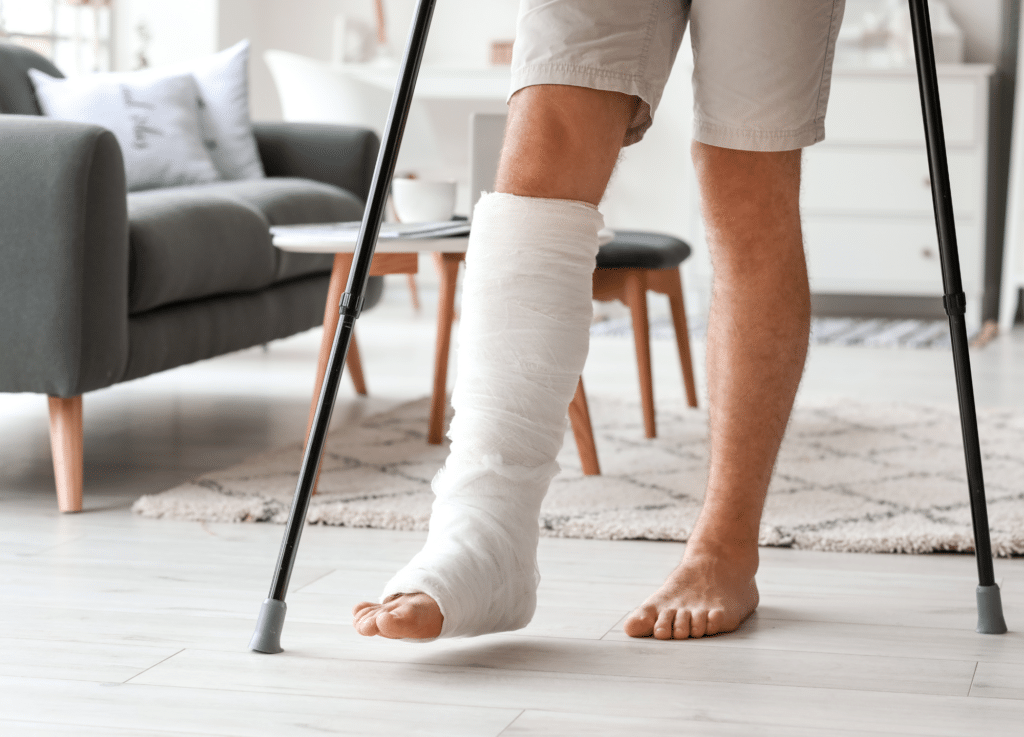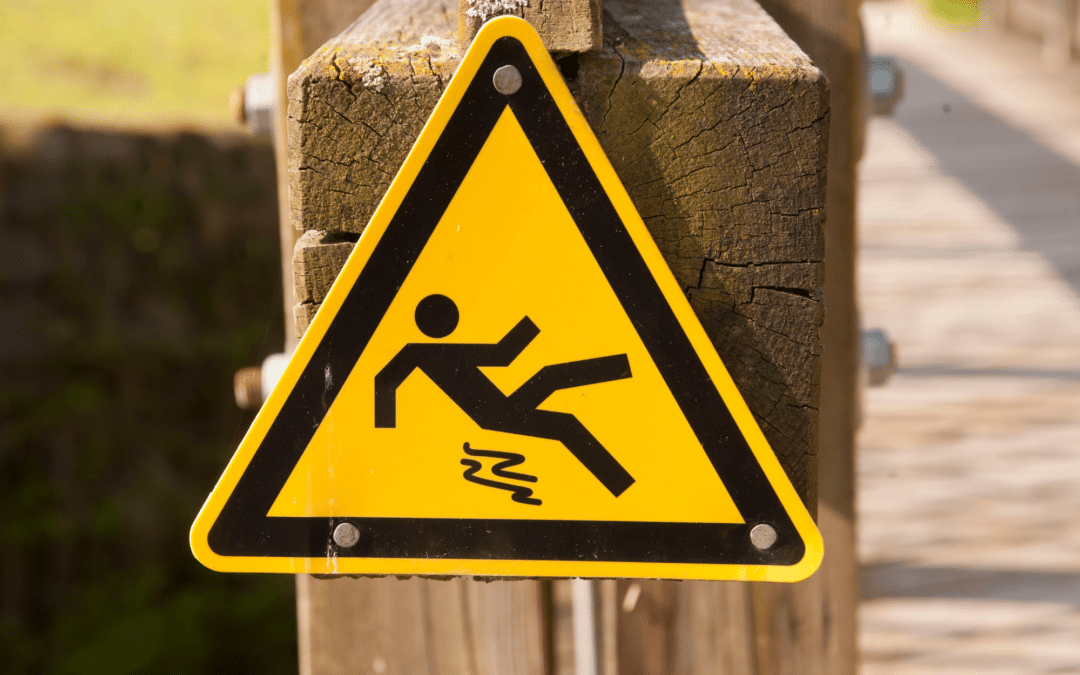Navigating the landscape of car insurance can be as intricate as the web of California highways. For California drivers, understanding bodily injury liability insurance is not just a legal requirement but a crucial component of responsible vehicle ownership. In this comprehensive guide, we demystify what California’s bodily injury liability coverage entails, providing essential insights into this critical aspect of auto insurance.
Bodily injury liability coverage is designed to protect you financially if you are at fault in a car accident that injures another person. This type of insurance can cover the costs associated with the injured party’s medical expenses, lost wages, and even legal fees that may arise from a lawsuit. It’s crucial to understand that this coverage does not pay for your own injuries but rather safeguards your assets by covering the other party’s expenses. Your insurance company will work on your behalf to settle claims and defend you in court, within the limits of your policy, thereby minimizing the personal financial impact of being involved in an accident.

Understanding Bodily Injury Liability Coverage
When drivers hit the road, the risk of accidents with injuries is always present. Bodily injury liability coverage steps in to protect policyholders from the financial consequences of causing injury to another person in a car accident.
California law requires that every auto insurance policy include a minimum level of bodily injury liability coverage. This ensures that, in the case of an accident where the policyholder is at fault, there is a financial safety net available to cover the medical payments and other related expenses of those injured. The coverage is typically expressed in terms of a per accident limit and a per person limit, which delineates the maximum amount the insurance company will pay per person injured and the total payment limit per accident, respectively. Understanding these limits is essential for California drivers to ensure that their car insurance provides adequate protection against the significant costs that can arise from serious accidents.
Legal Requirements in California
In the Golden State, having a minimum amount of bodily injury liability coverage is mandated. The current minimum requirements for bodily injury liability coverage in California are $15,000 for the injury or death of one person and $30,000 for the injury or death of more than one person in a single accident.
California law stipulates that each auto policy issued by an automobile insurance company must adhere to these minimum liability limits to ensure that all drivers have a basic level of coverage. This is not only a legal requirement but also a financial safeguard that protects drivers from potentially devastating out-of-pocket expenses in the event of an accident. It’s important for drivers to understand that while these liability limits represent the minimum required by law, increasing these limits can provide greater protection and peace of mind. An accident’s financial consequences can quickly exceed the minimum coverage, leaving the driver responsible for any amounts not covered by their insurance policy. Therefore, consulting with an automobile insurance company to assess risk and adjust coverage accordingly is a prudent step for every California driver.
Types of Coverage Available
Depending on the insurance policy, there are typically two types of bodily injury coverage offered in California:
- Split Limits – This structure provides for separate dollar limits for different claimants. For example, a policy with limits of $100,000/$300,000 means the insurer will pay up to $100,000 per person injured, but no more than $300,000 for all injured parties combined.
- Combined Single Limit – This structure offers a single total sum available to cover all bodily injuries arising from a single accident.
Coverage Limits and Premium Factors
Your choice and level of coverage is directly linked to your premium. Insurers take several factors into account when calculating your rate, including:
- Your driving record
- The type of vehicle you drive
- Your age and location
- Previous insurance coverage
- Your deductible choice
Selecting the proper coverage amount is a delicate balance between ensuring comprehensive protection and managing your monthly premium outlay.
Benefits of Bodily Injury Liability Insurance
Comprehensive protection against legal and medical expenses is perhaps the most immediate benefit of bodily injury liability coverage.
Shielding You from Legal Expenses
If a lawsuit arises due to an accident where you’re at fault, this coverage can help cover legal costs, which can quickly escalate into significant financial burdens.
Managing Medical Costs
The expenses associated with medical treatment, rehabilitation, and potential long-term care can be astronomical. Bodily injury liability coverage ensures that these costs are covered, up to your policy limits.
Peace of Mind
Knowing that you’re financially protected and compliant with the law provides invaluable peace of mind, allowing you to focus on your recovery and the repair process if an accident occurs.
Navigating Bodily Injury Claims
Filing a bodily injury liability claim can be a complex process, especially in the aftermath of a traumatic event like a car accident.
Initial Steps After an Accident
The immediate post-accident steps are critical. These include:
- Ensuring safety and securing the accident scene
- Gathering information from all involved parties and witnesses
- Reporting the incident to your insurer as soon as possible
- Seeking medical attention regardless of perceived severity of injuries
Working with Insurance Companies
Your insurer will guide you through the claims process. It’s essential to provide all requested information and documentation promptly to expedite the resolution of the claim.
Legal Considerations and Disputes
In some instances, disputes may arise. Engaging with an attorney experienced in personal injury and insurance law can be pivotal, particularly in cases where parties are unable to reach a settlement.
Comparison with Other Types of Insurance
While bodily injury liability coverage is crucial, it’s also essential to consider it in the context of other insurance types.
Contrasting with Property Damage Liability
Property damage liability is typically coupled with bodily injury coverage in an insurance policy, covering the repair or replacement of any property that’s damaged in an accident you’re at fault for.
Understanding Uninsured Motorist Coverage
Uninsured motorist coverage steps in if you’re in an accident with a driver who doesn’t have insurance or sufficient insurance. Both forms of coverage are complementary to bodily injury liability insurance, providing a web of financial protection for drivers.
Understanding and maintaining adequate bodily injury liability insurance coverage in California is not just sound financial planning—it’s the law. With this guide, you’re one step closer to ensuring you have the protection needed for responsible and secure driving. Remember, responsible driving is more than following the signs on the road; it’s also about navigating the complex insurance terrain with wisdom and foresight.

FAQs
Q: What is the difference between property damage liability coverage and bodily injury liability cover?
A: Property damage liability coverage pays for the repair or replacement of another person’s property that you damage with your vehicle, such as their car or a fence. Bodily injury liability cover, on the other hand, pays for the medical expenses, legal fees, and funeral costs of other people injured in an accident you cause.
Q: Will my insurance cover the repair bills for my own car after an accident?
A: Your own car repair bills are typically covered under collision or comprehensive coverage, not under bodily injury or property damage liability coverage. Collision coverage applies for damages from accidents, while comprehensive coverage applies for non-accident damage (e.g., theft, fire).
Q: Does bodily injury liability cover my medical bills?
A: No, bodily injury liability coverage is intended to pay for the medical bills of the injured persons in the other vehicle if you are at fault in an accident. Your medical bills may be covered by your health insurance, medical payments coverage, or personal injury protection (PIP), depending on your state and policy.
Q: How can increasing my coverage limit affect my insurance costs?
A: Increasing your coverage limit beyond the state minimum can provide greater financial protection in the event of an accident, but it will likely increase your insurance premiums. It’s a balance between better protection and higher insurance costs.
Q: Can bodily injury liability cover legal defense fees?
A: Yes, bodily injury liability coverage can help cover your legal defense fees if you’re sued due to an accident where you were at fault. It’s part of the cover’s aim to protect you from financial losses stemming from claims of injury by others.
Q: Will my insurance pay for funeral expenses if the worst happens?
A: If you have bodily injury liability cover and cause an accident resulting in a fatality, this coverage can help pay for the funeral expenses of the deceased up to your policy’s coverage limit. Some policies also offer separate coverage for funeral costs.
Q: Do I need additional property damage coverage if I already have comprehensive coverage?
A: Property damage liability coverage and comprehensive coverage serve different purposes. While comprehensive coverage pays for damage to your car from non-collision events, property damage liability coverage pays for damages you cause to others’ property. Both are important for full protection.
Q: Is it better to have higher limits for bodily injury liability cover?
A: Opting for higher limits on your bodily injury liability cover can provide more financial protection in the event of a serious accident. This means less out-of-pocket expenses for you if damages exceed the minimum limit. However, higher limits can also mean higher premium costs.
Q: What does uninsured/underinsured motorist coverage protect me against?
A: Uninsured/underinsured motorist coverage protects you if you’re in an accident with a driver who has no insurance or insufficient insurance to cover the damages or medical expenses they’ve caused you. It can complement your bodily injury and property damage liability coverage.
Q: Should I consult legal counsel after an accident?
A: Yes, consulting with legal counsel, especially if the accident involves significant damages, injuries, or potential litigation, is prudent. An attorney can help protect your rights and guide you through the complexities of insurance claims and potential legal proceedings.

